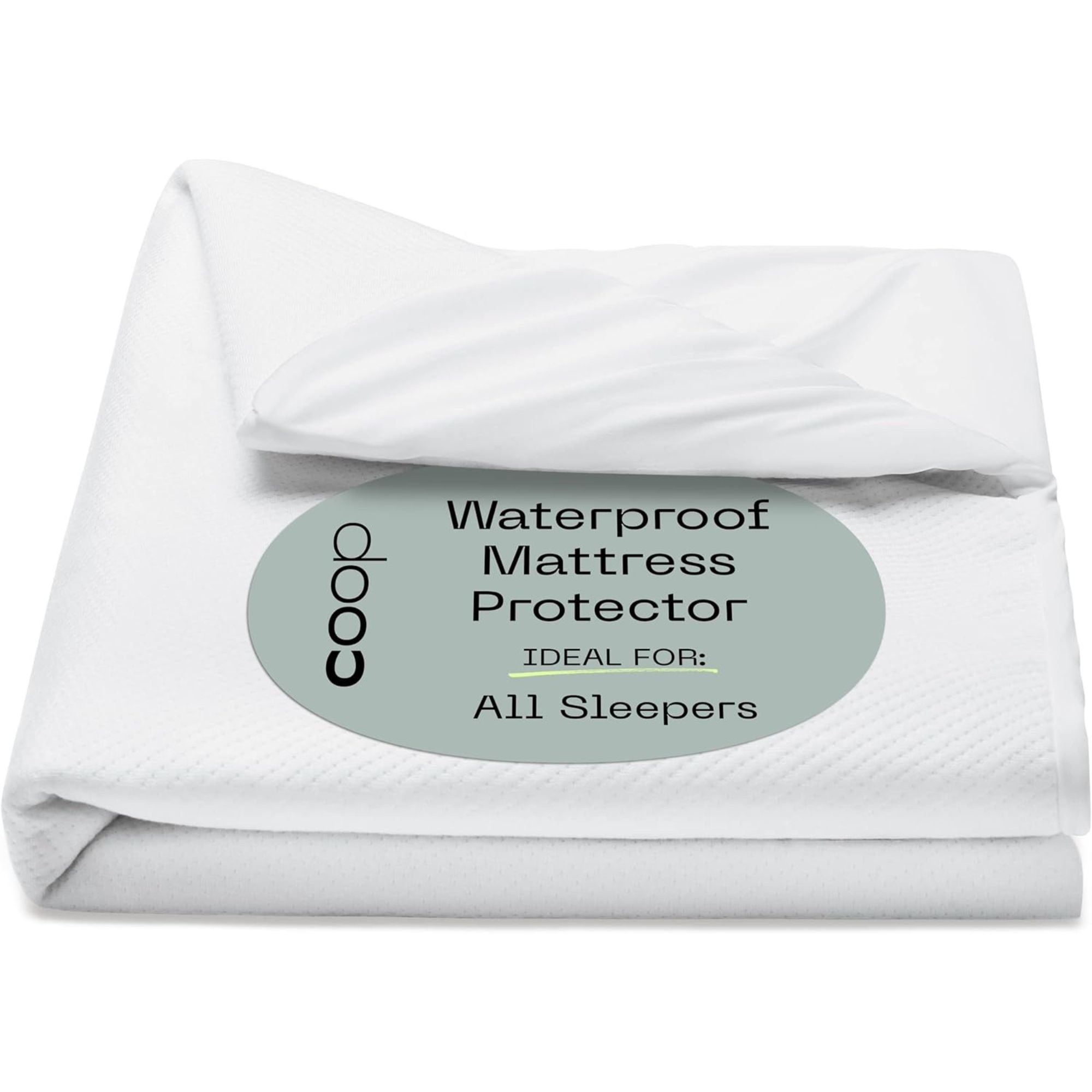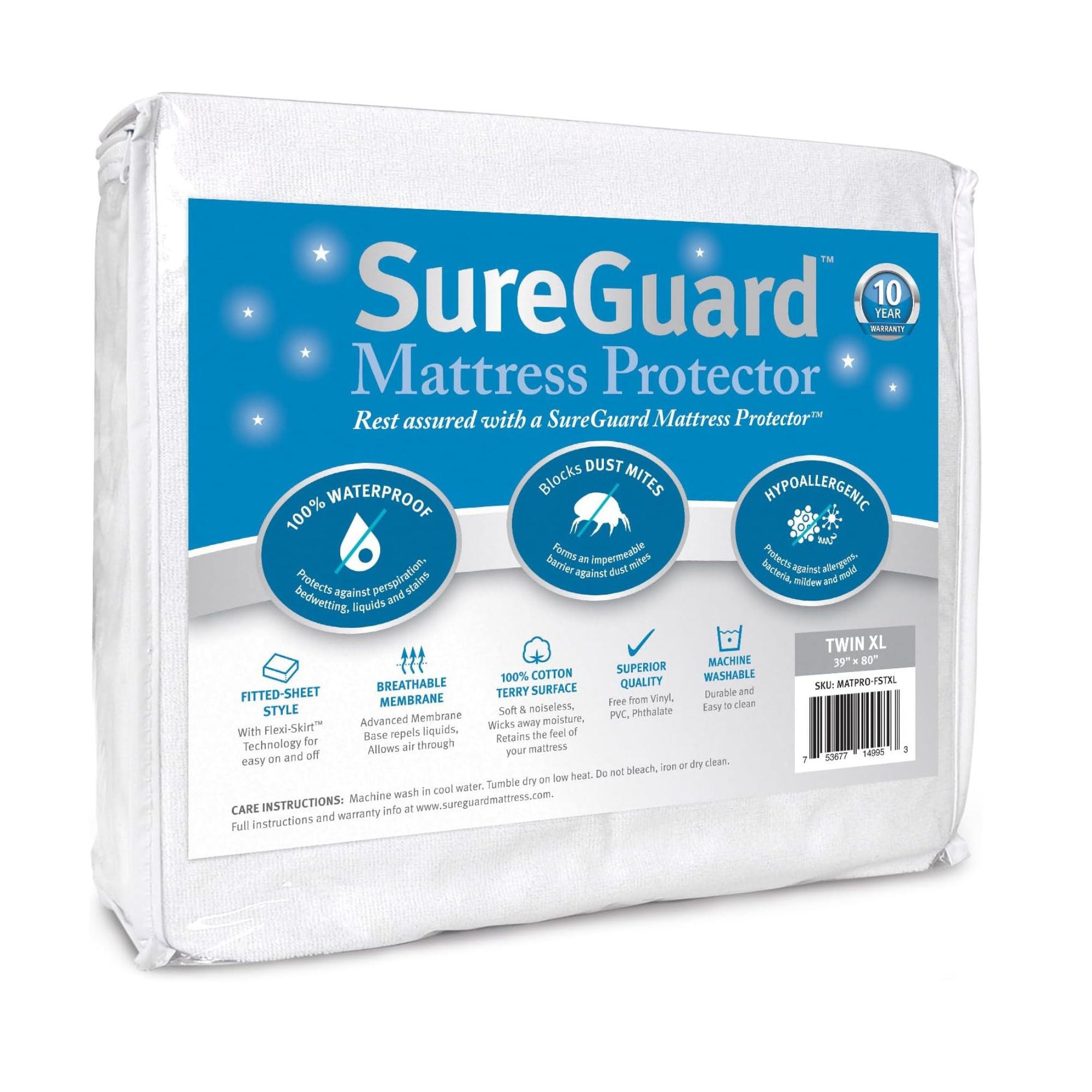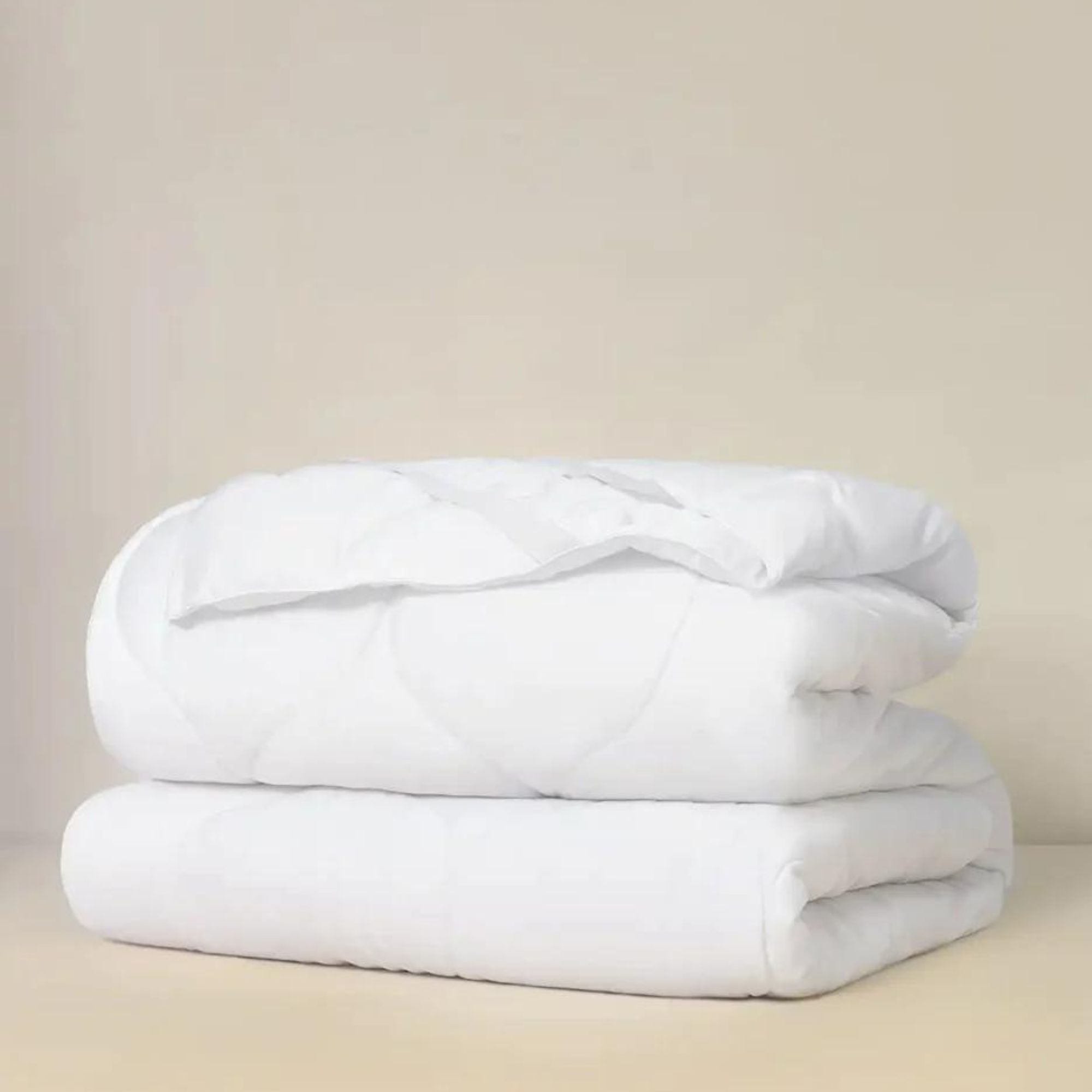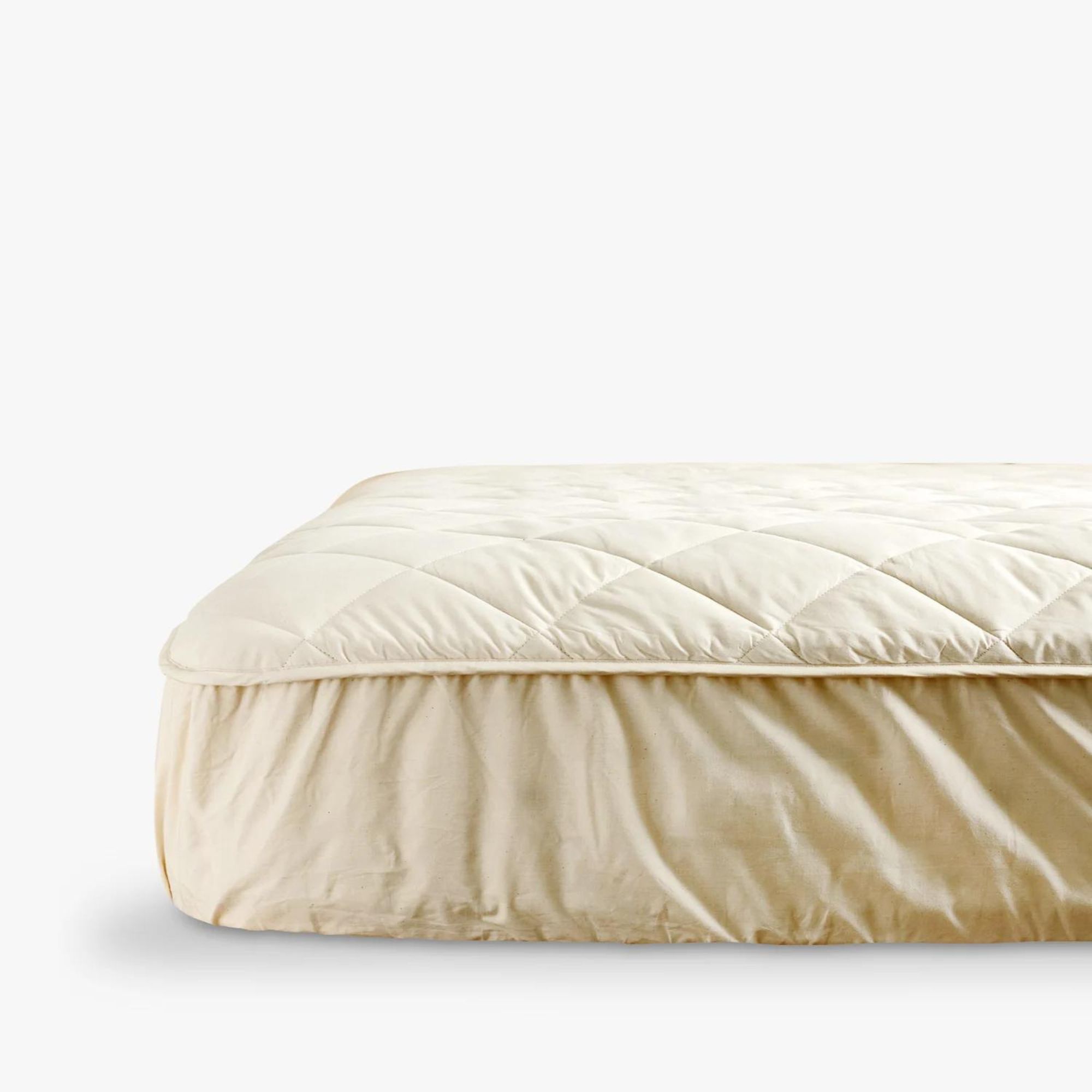I'm a sleep writer and sales hunter – these are my mattress protector buying rules
I'm a bedding tester – when you follow my mattress protector buying rules, you can make a major saving on this essential bit of bedding
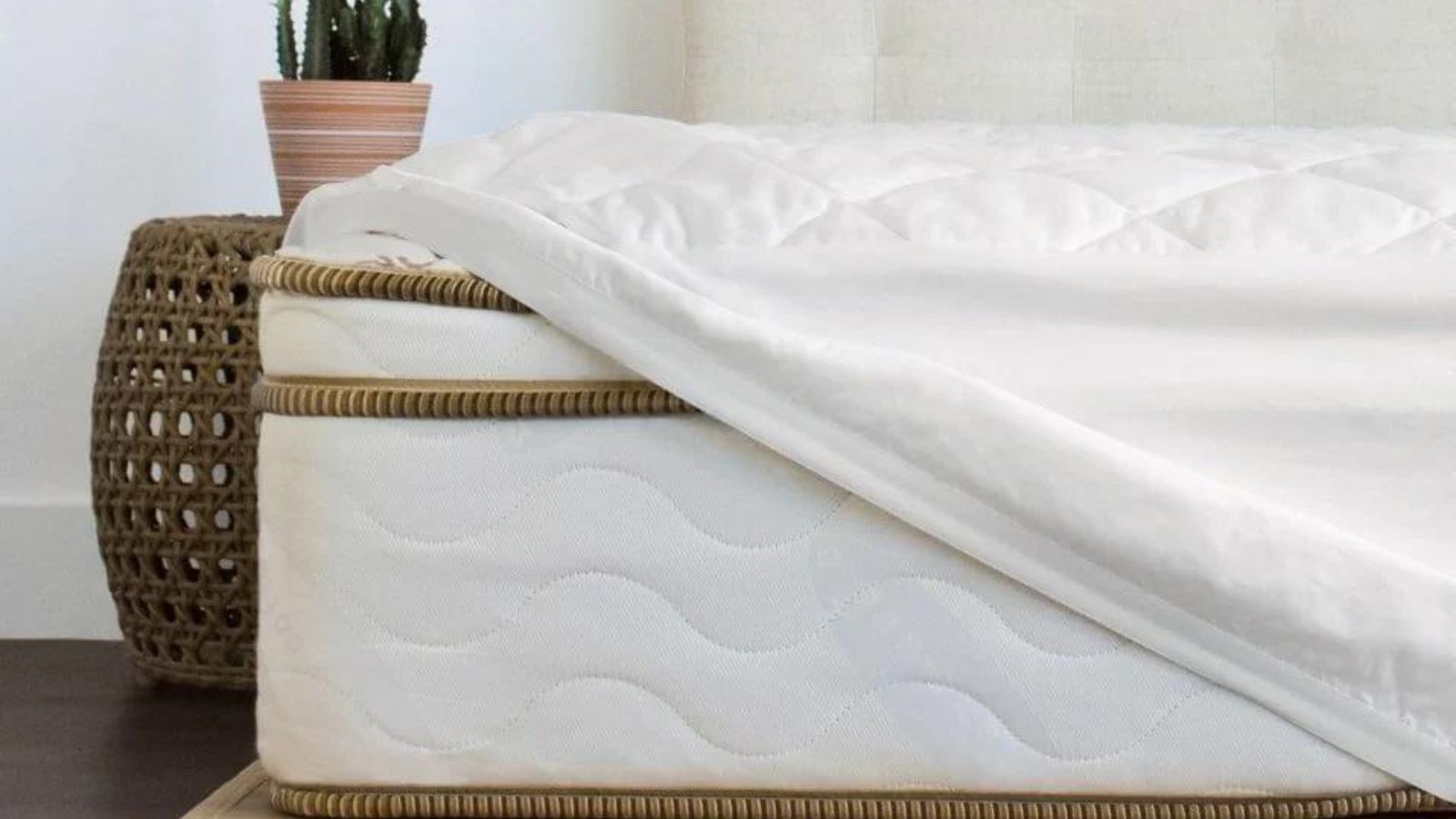

As H&G's resident sleep writer, I work nights, taking the world's best bedding and putting it to the test from the comfort of my own home. I've tested sheets, shams, and mattress toppers but I've grown to love an unsung hero of the mattress world: the mattress protector.
The best mattress protectors act as a barrier between your bed and your body, safeguarding your mattress against sweat, spills, and stains, while working to keep you cool and dry. Often listed for less than $100, a mattress protector could solve your sleep problems without breaking the bank.
Before I started as a sleep writer, I was a price tracker. I spent eight hours a day surfing the sites of the major mattress merchants, watching the prices go up and down. Over time, I picked up exactly how much a mattress protector should cost at full price, and how much money you can save when you shop the bedding sales.
Mattress protector buying rules
This article should tell you everything you need to know about buying a mattress protector, from what to spend to where to shop. To further streamline your shopping experience, I've rounded up a few of my favorite mattress protectors. However you sleep and whatever your budget, I've got a mattress protector for you.
1. Don't overspend
Compared to a high-tech mattress topper, which is filled with foam and lined with springs, a mattress protector is a very simple product. It's just a thin sheet that sits over the top of your mattress. Your average mattress protector costs mere pennies to produce, so whatever you do, don't overpay.
I'd expect to spend no more than $100 to get a decent mattress protector. That's as much as you need to pay for waterproof protection. If you're keen to purchase an organic mattress protector, then you should expect to spend a little more − somewhere in the remit of $200 - $300.
2. Make sure your protector is waterproof
The whole point of a mattress protector is to stop sweat, spills, and stains from soaking into your mattress. If you've got young kids, then a mattress protector should keep their bed clean and dry during the bed-wetting phase.
You read some incredible reviews of mattress protectors online. I once saw a customer claim that an Amazon mattress protector had kept his bed clean and dry during his wife's home birth. Few of us will put our mattress protectors under such strain, but it's nice to have a backup when you drink a glass of water in the night or sip a cup of coffee in the morning.
Some lower-budget mattress protectors aren't waterproof so much as they're water-resistant. There's an easy way to check: when you spill liquid on a truly waterproof mattress protector, the liquid should pool on top of the protector, like water on an umbrella.
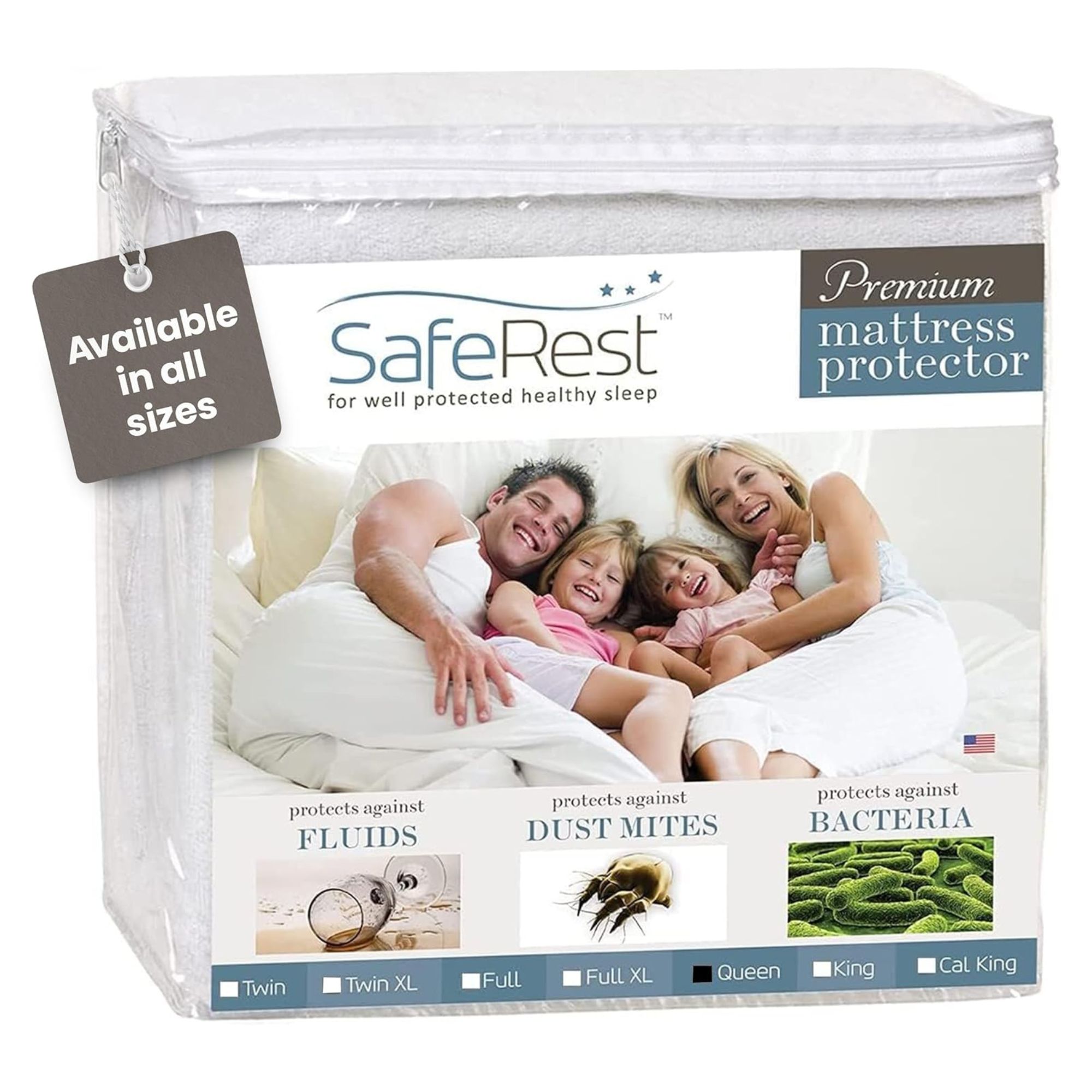
This is one of the best-selling and best-rated mattress protectors on Amazon, with more than 200,000 verified five-star reviews. Happy customers praise the comfort and quality of the SafeRest Mattress Protector, which keeps beds clean and dry from coffee spills and cat urine.
3. Don't worry too much about quilting
Your average mattress protector is too thin to make much of an impact on your comfort. Like I said, it's just a special sort of fitted sheet. Mattress brands might claim that their protectors are soft to the touch, but that's just surface-level comfort.
If you're looking for something to change the look and feel of your bed, then I suggest you invest in the best mattress topper, instead. Your average mattress topper is a little more expensive than a mattress protector, but much thicker and more supportive to transform your sleep experience for a fraction of the price of a brand-new bed.
4. Consider ways to keep cool
If you suffer from night sweats or hot flashes, or you simply tend to run a little warm, then you're what's known as a hot sleeper. You could spend thousands of dollars on a specialist cooling mattress, or you could pick up one of the best cooling mattress protectors for a fraction of the price.
When you're shopping for cooling mattress protectors, steer clear of polyester: synthetic weaves aren't as breathable as natural fibers, so they tend to trap heat. Instead, consider cotton, bamboo, eucalyptus, and even wool to dissipate heat, wick moisture, and block odors.
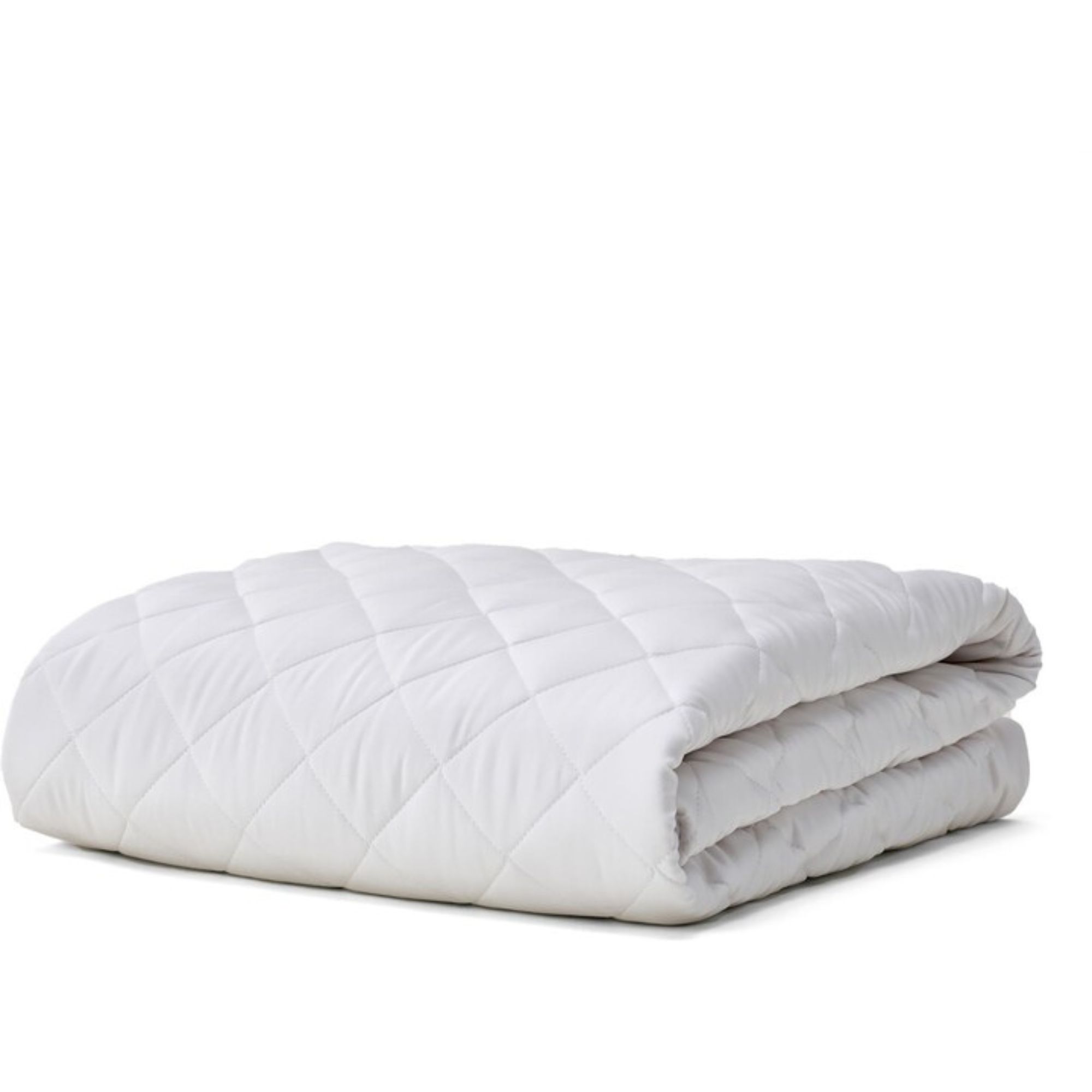
Filled with thermoregulating fibers and wrapped in Supima cotton for strength and softness, the Sijo TempTune Cooling Mattress Pad is breathable yet durable.
5. Keep your allergies under control
A hypoallergenic mattress protector can guard against dust, dirt, and dander, as well as sweat, spills, and stains. If you've got sensitive sinuses, then I suggest you buy a hypoallergenic mattress protector.
Your best bet is to invest in a mattress encasement, which offers hypoallergenic protection from all angles. It's a great way to cover the mattress off-gassing smell you get from memory foam models or any barnyard scents that come from an organic mattress.
Once you've invested in the best mattress protector, it's time to dress the rest of the bed. You'll need a set of the best bed sheets to keep you cool and comfortable, as well as the best pillow to rest your head.
Sign up to the Homes & Gardens newsletter
Design expertise in your inbox – from inspiring decorating ideas and beautiful celebrity homes to practical gardening advice and shopping round-ups.

Emilia is our resident sleep writer. She spends her days tracking down the lowest prices on the best mattresses and bedding and spends her nights testing them out from the comfort of her own home. Emilia leads a team of testers across America to find the best mattress for every sleep style, body type, and budget.
Emilia's quest to learn how to sleep better takes her all around the world, from the 3Z mattress factory in Glendale, Arizona to the Hästens headquarters in Köping, Sweden. She's interviewed luxury bedding designers at Shleep and Pure Parima, as well as the Design Manager at IKEA. Before she joined Homes & Gardens, Emilia studied English at the University of Oxford.
-
 Extend the lifespan of your appliance with 5 simple but crucial washing machine maintenance tips
Extend the lifespan of your appliance with 5 simple but crucial washing machine maintenance tipsFrom cleaning the filters to keeping the door open, experts reveal the washer tips they swear by
By Andy van Terheyden Published
-
 These are the 6 must-have colors to decorate with in April 2025
These are the 6 must-have colors to decorate with in April 2025What do retro-inspired yellows and beautiful blues all have in common? They're on our hot list for the season ahead
By Sophia Pouget de St Victor Published
